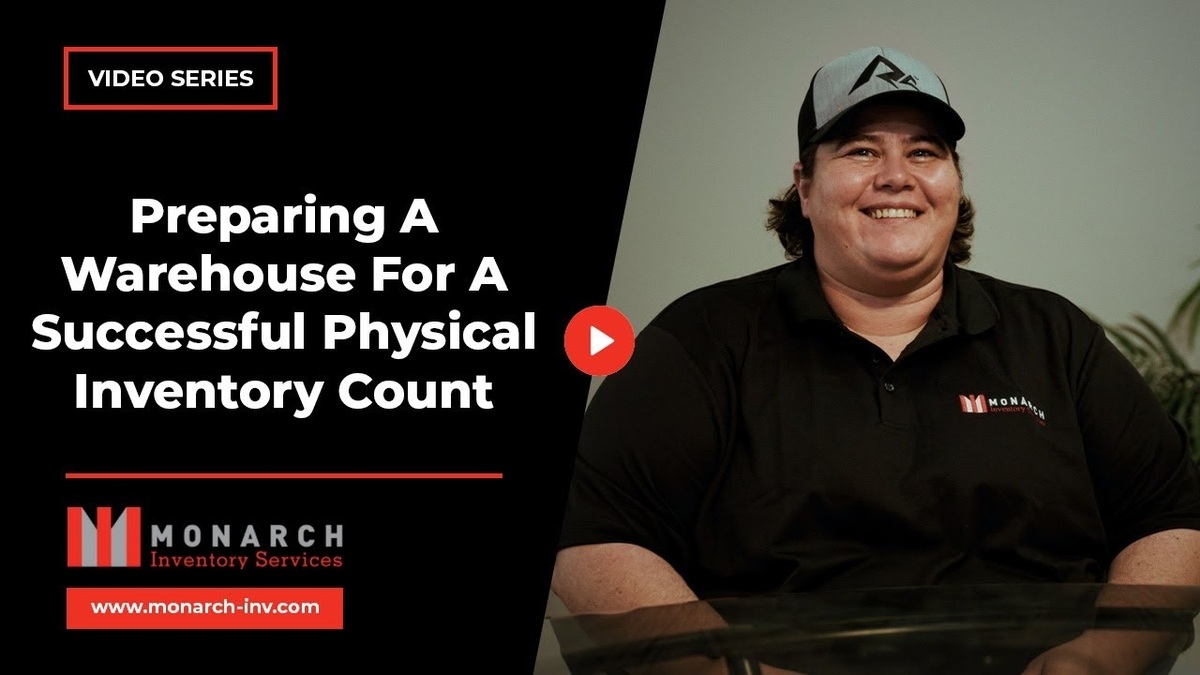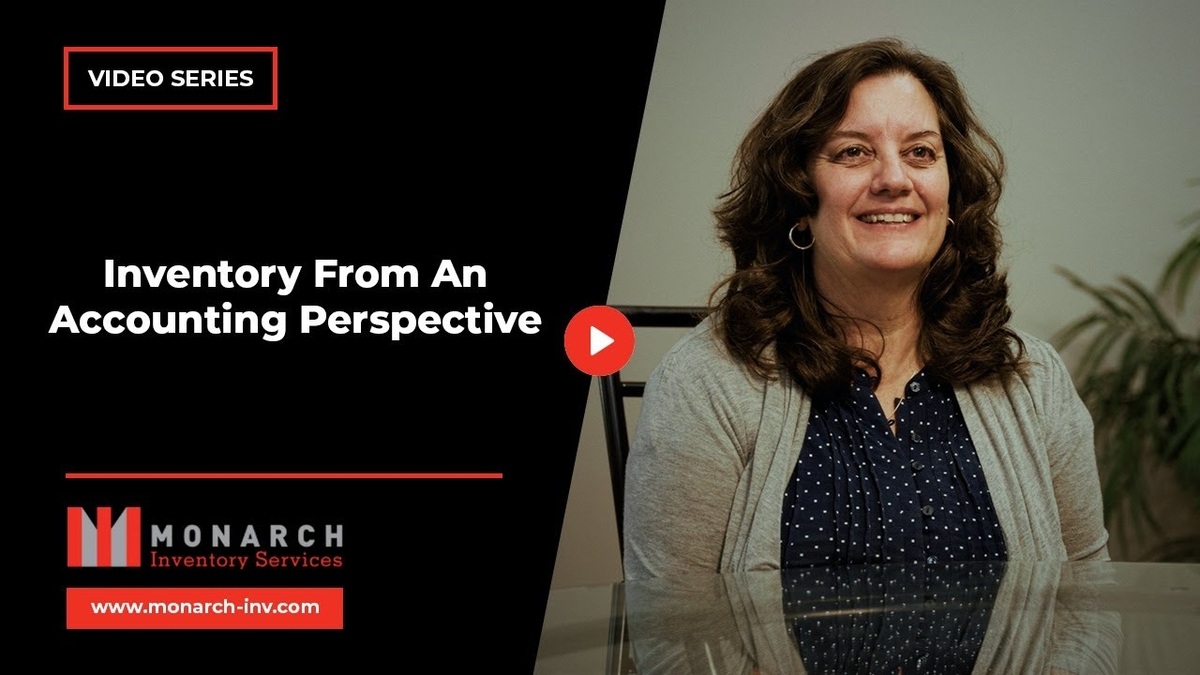Dead stock is a common problem in convenience stores. When products sit on shelves for too long, they take up space, tie up cash, and prevent you from stocking items that actually sell. Over time, this can quietly reduce your profits.
At Monarch Inventory Services, we help store owners identify slow-moving products and take action before they become a bigger issue. With better inventory tracking, product placement, and ordering strategies, you can reduce dead stock and improve your bottom line.
Dead Stock in Convenience Stores: Overview
Dead stock refers to unsold inventory that sits stagnant on shelves for extended periods. Unlike seasonal or promotional items that may take longer to move, dead stock typically consists of products that:
- Lack customer interest
- Have poor placement in the store
- Are packaged in a way that fails to attract buyers
- Were over-ordered and don’t match demand
- Have become obsolete due to newer alternatives
While some store owners accept dead stock as an inevitable loss, smart inventory management can significantly reduce it. The key is identifying and addressing the root causes before products collect dust.
How to Identify Dead Stock in Your Store
With 20 years of retail experience, we know that spotting dead stock isn’t just about scanning sales reports. Here’s what we look for:
1. Tracking Month-to-Month Inventory
If a product remains untouched for two months despite regular foot traffic, it’s a red flag. At Monarch Inventory Services, we analyze month-over-month inventory levels to detect stagnant products. If a full case of an item is still intact after multiple inventory checks, it’s not selling and needs a new strategy.
2. Dust Accumulation
One of the simplest ways to spot dead stock is by looking at the dust buildup. If one box has a layer of dust while a similar product next to it is selling steadily, you have a dead stock issue.
3. Customer Engagement & Visibility
Products that are buried on lower shelves or hidden in back aisles often become dead stock, not because they’re bad products, but because customers don’t see them. If a product isn’t moving, placement may be the issue.
Strategies to Eliminate Dead Stock
1. Optimize Product Placement
Location is everything. Customers tend to buy what’s at eye level and what’s placed in high-traffic areas. If a product isn’t selling, move it to a prime location—such as near bestsellers or impulse buy sections like checkout counters.
Example: If you have a slow-moving candy bar, place it between two popular ones like Reese’s and Kit-Kat. Shoppers already looking for their favorites will be more likely to try something new.
2. Improve Product Presentation
A product’s packaging can make or break its sales. If an item has dull, unappealing packaging, customers will overlook it. Make sure slow-moving inventory is arranged in a way that draws attention, using:
- Signage that highlights special offers
- Grouping with complementary products
- Facing products forward and neatly arranging them
3. Engage Employees in Selling Slow-Moving Items
Your employees are your best salespeople. Train them to talk up dead stock items, recommending them to customers as new finds or hidden gems. If customers feel like they’re discovering something exclusive, they’re more likely to give it a try.
4. Set a Timeframe for Action
We recommend evaluating stock every two months. If a product has barely moved in that time, take action:
- Relocate it to a better shelf
- Bundle it with a popular item
- Run a limited-time discount
- Consider returning or liquidating it
Waiting six months to take action means lost revenue and wasted space.
5. Utilize Data for Smarter Ordering
Over-ordering is a leading cause of dead stock. Instead of guessing demand, use inventory tracking software and past sales data to predict how much of a product you actually need. Monarch Inventory Services helps convenience store owners track inventory trends and adjust ordering to prevent overstock.
The Cost of Ignoring Dead Stock
Letting dead stock sit on shelves isn’t just a space issue—it’s a financial drain. Here’s what it costs your business:
- Lost Revenue: Every unsold product represents money you could have reinvested into high-demand items.
- Storage & Shelf Space: Wasting valuable space on slow movers means less room for products that actually generate sales.
- Spoilage & Write-Offs: Perishable goods and seasonal items that don’t sell end up as losses.
- Decreased Cash Flow: Holding onto dead stock ties up your budget, making it harder to invest in new products or promotions.
How Monarch Inventory Services Can Help
Eliminating dead stock doesn’t have to be complicated, but it does require a strategic approach. At Monarch Inventory Services, we provide:
- Professional Inventory Audits: Identifying stagnant products before they impact your bottom line.
- Product Placement Strategies: Optimizing store layouts to boost sales.
- Customized Dead Stock Solutions: Helping you move slow inventory through promotions, bundling, and strategic discounts.
- Data-Driven Ordering Advice: Preventing future overstock by refining purchasing decisions.
In Summary
Dead stock in convenience stores isn’t just an inconvenience—it’s a profit killer. By identifying slow-moving products early, improving placement, engaging employees, and making smarter inventory decisions, you can turn stagnant inventory into sales.
At Monarch Inventory Services, we help convenience store owners take control of their inventory and maximize profits. If you need expert guidance in managing dead stock, contact us today to discuss how we can help your store thrive!



